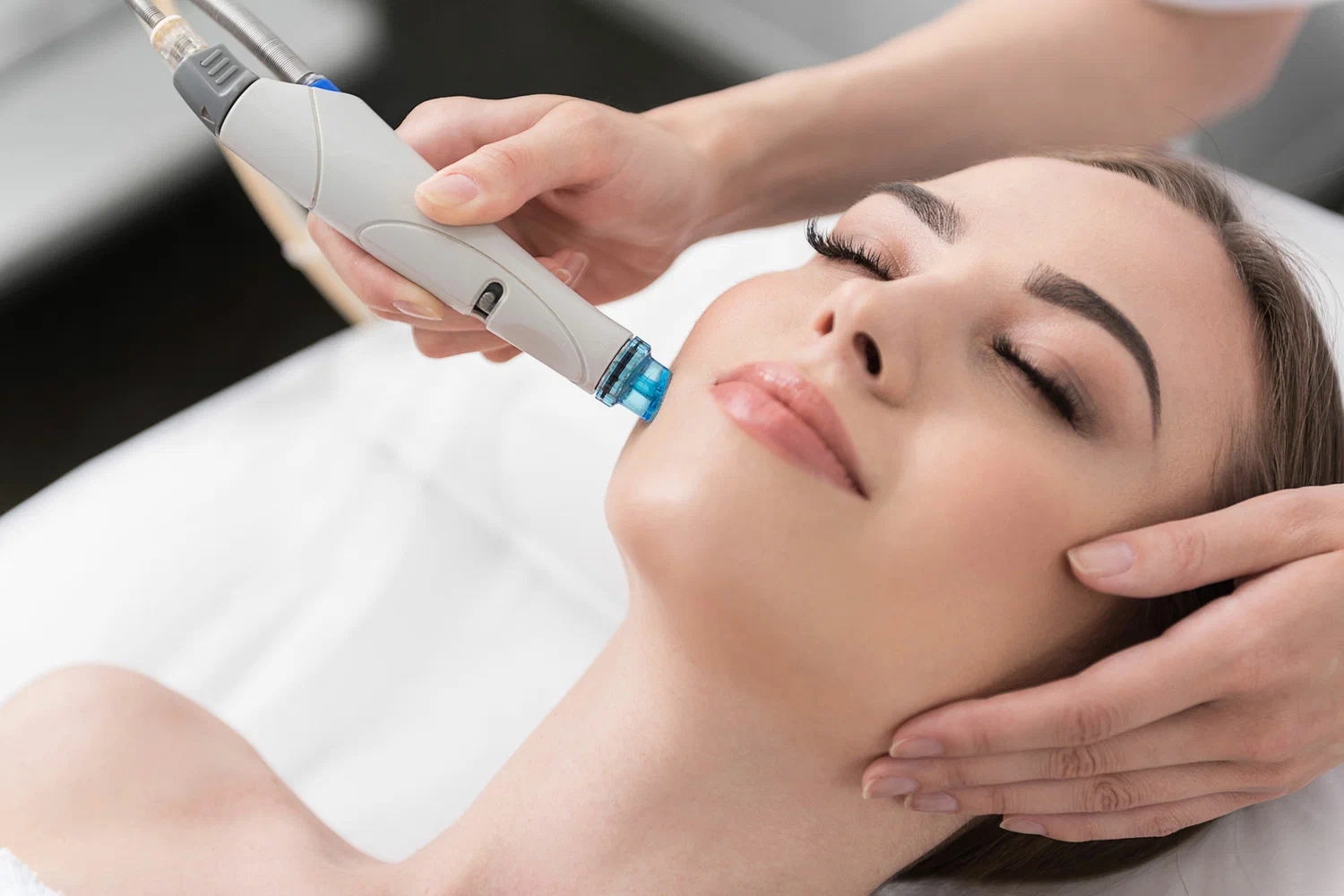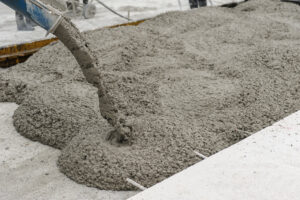How Often Should You Get a Hydrafacial?
The skincare industry is full of treatments that promise glowing, rejuvenated skin, but few live up to the hype quite like the Hydrafacial. This non-invasive, multi-step facial treatment has become a top choice for those who want instantly visible improvements in skin texture, tone, and clarity. Known for its deep cleansing, painless extractions, and intense hydration, it’s no surprise that more people are booking sessions for Hydrafacial in Islamabad to keep their skin looking its best. However, one common question among first-time clients and even regular users is: how often should you get a Hydrafacial?
The answer depends on your skin type, your skincare goals, and how your skin reacts to the treatment over time. Understanding the ideal frequency can help you maintain glowing, healthy skin all year round.
Understanding the Basics of a Hydrafacial
Before diving into the timing, it’s important to understand what a Hydrafacial actually does for your skin. Unlike traditional facials, which might focus on a single step like cleansing or exfoliation, Hydrafacial offers a comprehensive, multi-step experience in one session. The process includes:
- Cleansing and exfoliation to remove dead skin cells and prepare the surface
- A gentle acid peel to loosen impurities
- Painless extractions with vortex suction technology
- Deep hydration through the infusion of nourishing serums
This unique combination makes it suitable for addressing a range of skin concerns, including dryness, fine lines, enlarged pores, blackheads, oily skin, and uneven tone.
Ideal Frequency for Normal Skin
If you have relatively normal, well-balanced skin without major concerns, getting a Hydrafacial every 4 to 6 weeks is usually sufficient. This allows time for your skin to go through its natural regeneration cycle while keeping pores clean and your complexion bright and hydrated.
Monthly sessions can help maintain your skin’s natural glow, prevent buildup in the pores, and support collagen production. Over time, you’ll notice improved elasticity, smoother texture, and a more even skin tone.
How Often for Oily or Acne-Prone Skin?
People with oily, acne-prone, or congested skin may benefit from more frequent treatments—typically every 2 to 4 weeks, especially in the beginning. The cleansing and exfoliation steps help regulate oil production, while the suction-based extraction reduces the risk of breakouts and blackheads.
If you’re dealing with active acne or recurring flare-ups, your dermatologist may initially recommend more frequent sessions, followed by a tapering schedule once your skin starts responding. Consistency in this case is key, as it helps reduce inflammation and prevent future breakouts.
Recommended Schedule for Dry or Dehydrated Skin
If your skin tends to be dry, dull, or flaky, a Hydrafacial every 3 to 4 weeks can help maintain optimal hydration levels and strengthen your skin barrier. The treatment’s hydrating serums—especially those rich in hyaluronic acid and antioxidants—deeply nourish the skin, leaving it soft and supple.
Dry skin typically requires more frequent support to combat environmental stress, especially during colder months when moisture loss is higher. Over time, regular treatments can significantly improve your skin’s ability to retain hydration.
For Mature or Aging Skin
As skin ages, it naturally loses collagen and elasticity, resulting in fine lines, wrinkles, and a dull appearance. For mature or aging skin, Hydrafacial sessions every 4 weeks can help support collagen production and improve firmness. The antioxidants and peptides used during the serum infusion step also protect the skin from environmental damage and free radicals.
Regular treatments help keep aging skin nourished and plump while boosting cellular turnover. The result is a visibly smoother, more youthful complexion with fewer signs of fatigue or sagging.
Pre-Event or Special Occasions
If you’re preparing for a big event like a wedding, party, or photoshoot, a Hydrafacial can be the perfect last-minute skin fix. Many clients choose to schedule a session 1 to 3 days before the event to take full advantage of the immediate glow and smoothness it delivers.
It’s safe, requires no downtime, and makeup applies more seamlessly after treatment—making it a favorite among brides, professionals, and media personalities alike.
Seasonal Considerations
Seasonal changes can have a major impact on your skin. In winter, the skin tends to get drier due to indoor heating and cold air, while summer often brings more oil production and sweat buildup. Adjusting your Hydrafacial schedule slightly during these shifts can help your skin adapt.
- Winter: Consider every 3 weeks to maintain hydration
- Summer: Opt for every 4 weeks to manage oil and prevent congestion
Listening to your skin during these transitions is essential for long-term health and glow.
Can You Overdo It?
Although Hydrafacial is non-invasive and gentle, more isn’t always better. Over-treating your skin may lead to temporary sensitivity, especially if you don’t allow enough time between sessions. Always follow a dermatologist’s advice for the best schedule tailored to your skin condition.
If you’re combining Hydrafacial with other skin treatments—like microneedling, chemical peels, or laser therapy—spacing becomes even more important to avoid overstressing the skin barrier.
Tailoring the Schedule with Your Dermatologist
Everyone’s skin is different. While general timelines are helpful, nothing replaces the guidance of a trained professional. During your consultation, your dermatologist will evaluate factors such as:
- Your skin type and tone
- Current concerns (acne, pigmentation, aging)
- Lifestyle factors (sun exposure, diet, stress)
- Your skincare goals
From there, they can recommend a customized treatment plan that includes not only frequency but also which booster serums should be used for maximum benefit.
Conclusion
Hydrafacial is more than just a trend—it’s a personalized skincare solution that caters to almost every skin type and concern. While the general guideline for most people is once every four weeks, your ideal schedule depends on your skin’s needs, seasonal shifts, and long-term goals. Whether you’re looking to hydrate, purify, or rejuvenate, regular sessions ensure your skin stays healthy, clear, and glowing all year round.
For safe, professional, and customized Hydrafacial in Islamabad, we highly recommend booking your treatment with the experienced dermatologists at the SKN Cosmetics clinic. Their state-of-the-art equipment, clinical expertise, and tailored approach make them one of the top choices in the region for advanced skincare.













